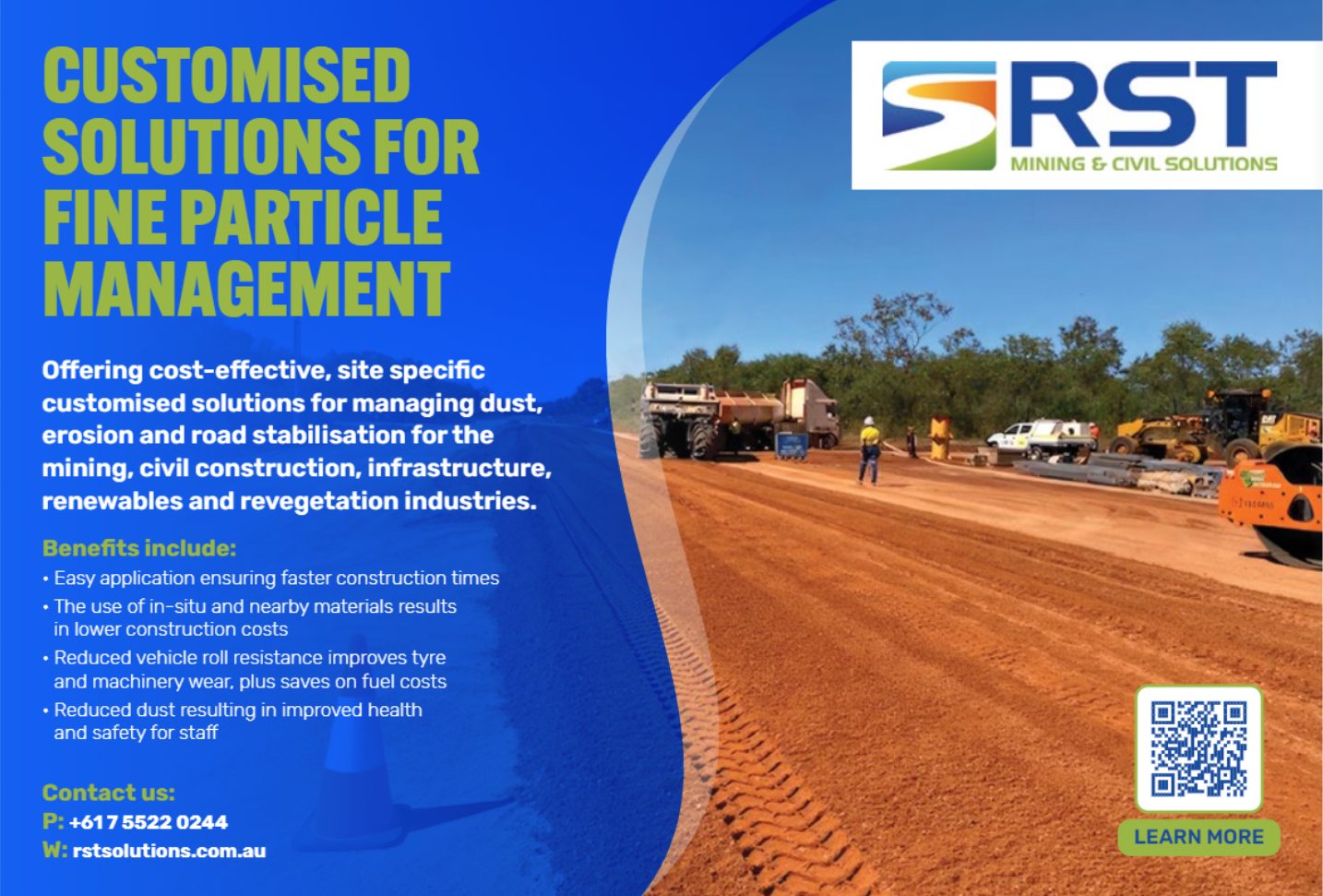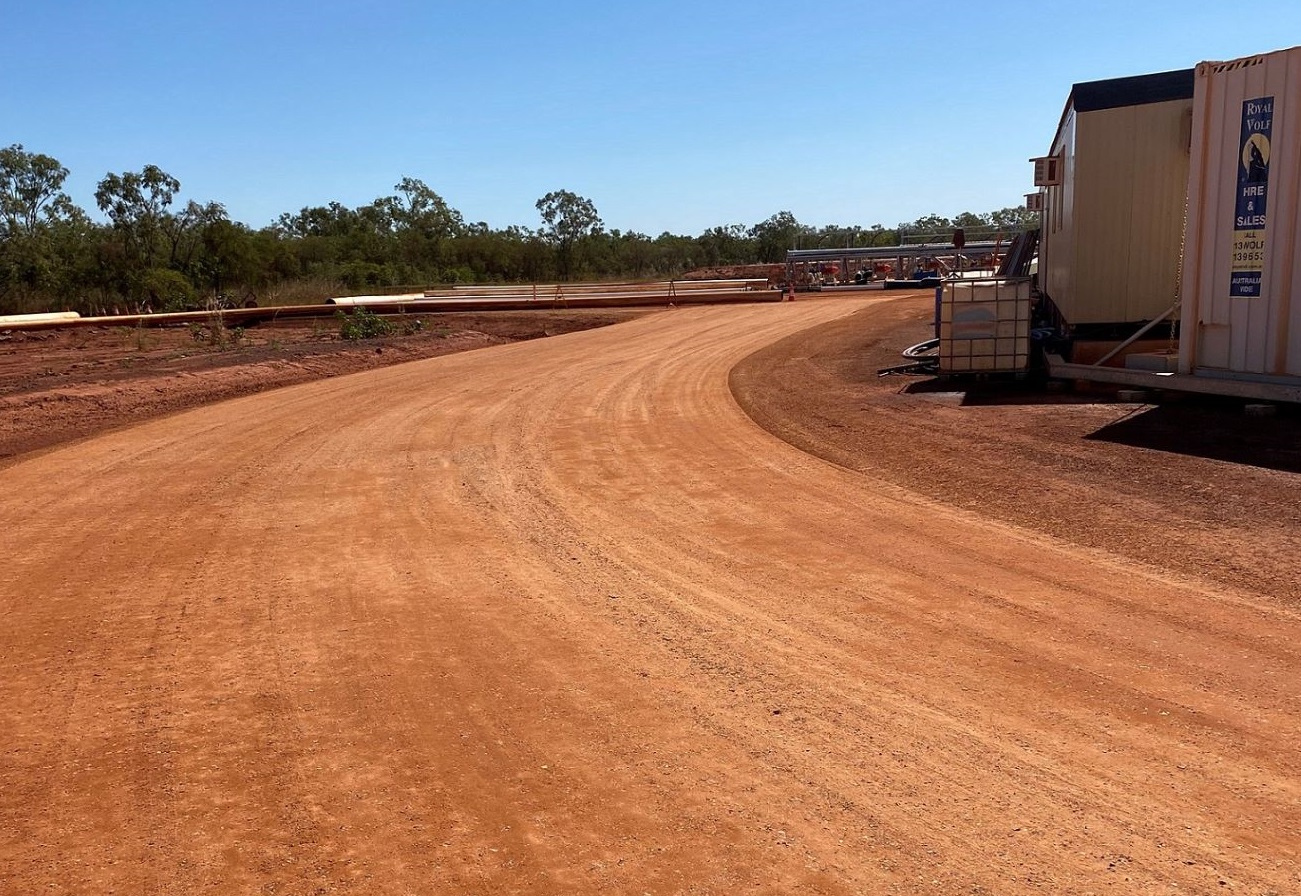
Dust suppression in Australia is a serious matter. By law, all construction site operators and owner builders are required to minimise the level of dust emissions created from their site. Part of the development consent when given the site operators and/or builders is the stipulation to not breach the standards set out in the consent.
While a review of workplace exposure standards for airborne contaminants – including coal dust – is currently being conducted by Safe Work Australia, an interim measure has been put in place to protect coalmine workers’ respiratory health.
On the recommendation from an independent review of the Coal Mine Workers’ Health Scheme conducted by Monash University, the regulated occupational exposure limit to respirable dust has been reduced from 3 mg/m3 to 2.5 mg/m3.
Safe Work Australia is the national policy body responsible for the development and evaluation of Workplace Health and Safety laws, and it is believed the outcome of the review will be a recommendation to halve the limit even further to 1.5 mg/m3.
It is also understood that the regulated occupational exposure limit for silica dust will be reduced from 1 mg/m3 to 0.5 mg/m3.
Fine particle specialists Reynolds Soil Technologies (RST Solutions) is assisting coal mining companies in Australia to comply with the interim and incoming acceptable legal limits, with its range of dust suppression products enabling operators to meet the requirements.
Solving dust problems
RST Solutions is an authority on dust control with three decades of dedicated research and development, positioning the company as the market leader for environmentally-safe solutions for managing fine particles on mine sites.
RST Solutions Operations and Technical Director David Handel explained that although solving dust-related issues over the past 30 years had been challenging, the company was achieving positive outcomes for clients by enabling them to comply to the regulations effectively and economically.
“We are seeing an increase in demand for our dust control formulas that reduce overall dust emission levels,” he said.
“Fine particulate of varying material types in a dry state create numerous health, environmental and operation challenges for our clients.”
He pointed out that the company’s services include expert dust analysis, advice and auditing, as well as mechanical and chemical solutions to help reduce the dust levels to ensure that a company remains compliant.
“We have been able to develop dust suppressants that are super concentrated and highly effective through continued research and development, with continual improvement programmes and strategic alliances providing RST Solutions with the ability to develop leading edge solutions,” he noted.
According to Handel, it is about finding the best solution that is cost-effective and achieves immediate and long-term results.
He explained: “Through our specialty product range, mine sites are able to treat and control their dust issues from light vehicle and haul road operations, stockpiles, tailings and broad acre areas and transportation, such as rail wagons and truck wagons. These solutions are extremely effective in controlling the dust levels in mines, providing the methods for a mine operator to be in control of compliance to the new regulations.”
Suppression and crusting solutions
RST Solutions has developed a range of suppression methods, products and services to specifically treat each unique dust control problem and problem areas.
The suite of dust suppressant solutions targets all areas of mining, including storage, processing, transfer and transport operations.
The company’s crusting agents coat fine particles to prevent them from being blown or washed away; foaming formulas suppress dust at transfer points and crushing operations; and water additives bind fine particles and stabilise the materials being mined.
Globally, mining companies and port operations are using the company’s crusting agents because of their ease of application, effectiveness and value.
RST Solutions’ range of crusting agents, including Hydrostay, are widely used for material transport veneer coating as part of the rail wagon veneering process for the transportation of coal.
The innovative water-soluble dust suppressants crust and bind the coal’s surface layer to create a durable veneer coating, which prevents the movement of dust and fine particles throughout the entire transportation phase.
Applied by an automated spray application during the loading process, fine coal particles are tightly bound as the crusting agent physically contains the coal matrix.
RST Solutions’ Hi-Foam solution engulfs dust in a thick foam that weighs down finer particles to keep them contained during the crushing and conveying process.
It is best applied through a mechanical foaming dispensing system designed for the application of the Hi-Foam technology product to control dust with minimal moisture in bulk handling processes.
The mechanical foaming system enhances the Hi-Foam dust suppression solution through the controlled mixing of compressed air, water and the Hi-Foam product.
When the Hi-Foam solution is applied through the system, it creates a robust foam that captures and engulfs fine particles in a ‘total dust blanket’ effect that prevents dust from becoming airborne.
RST Solutions’ mechanical systems for dust control includes the Quickfit spray nozzle which applies a fine particle spray to bind dust molecules and suppress them as material passes through the internal chamber.
When combined with the company’s RT60 Spray Plus product, the Quickfit nozzle system optimises dust suppressant capabilities by altering the characteristics of the water to electrostatically attract and capture smaller dust particles at a considerably faster rate than water alone.
The superior dust suppressant capabilities of the RT60 Spray Plus product, in addition with the Quickfit Spray Nozzle’s low maintenance design, provides mine sites with a simple and cost-effective dust suppressant solution.
Erosion control
But it is not just dust emissions on the mine site that operators need to think about. Haul roads contribute large amounts of respirable dust at a mine site, and can also be carried by wind as far as 100m from unpaved roads.
“Fine particles are responsible for a wide variety of challenges, including road and foundation instability,” Handel said.
“Unstable roads have the potential to produce large amounts of dust, and even small areas of unprotected or disturbed soil can create excessive sediment and dust concerns.”
RST Solutions also takes into consideration the effect of erosion on embankments that border roads. The company’s erosion protection technique essentially seals the area and minimises dust erosion, which contribute to the problems.
Conclusion
Three decades of extensive research and development of formulas and customised mechanical equipment for a broad range of dust control issues has equipped RST Solutions with the expertise and knowledge to provide cost-effective and environmentally-friendly solutions for fine particle management and improved materials handling.
When it comes to looking for an effective solution for dust suppression, RST Solutions has a tried and tested range of suppression methods, products and services that are specifically designed to manage your dust problems.
“The first step to fixing your problem is for us to fully assess and evaluate your problem. From there, the company can recommend, design and implement a solution that suits your needs and will keep you operating within your development consent requirements,” Handel concluded.



